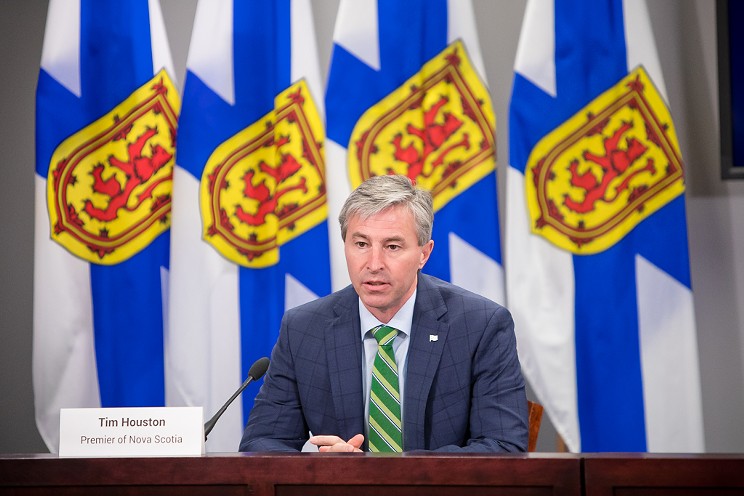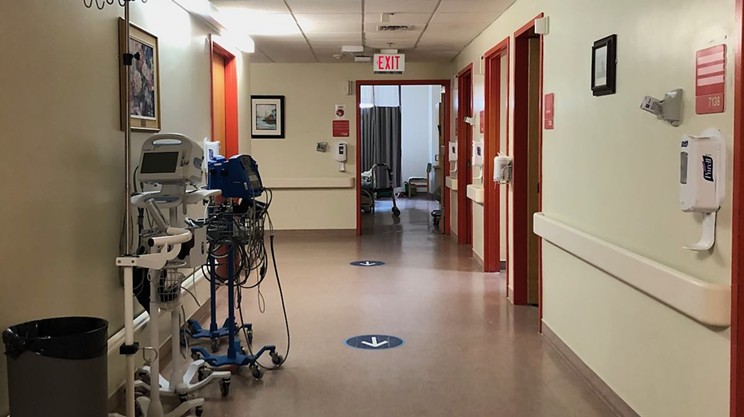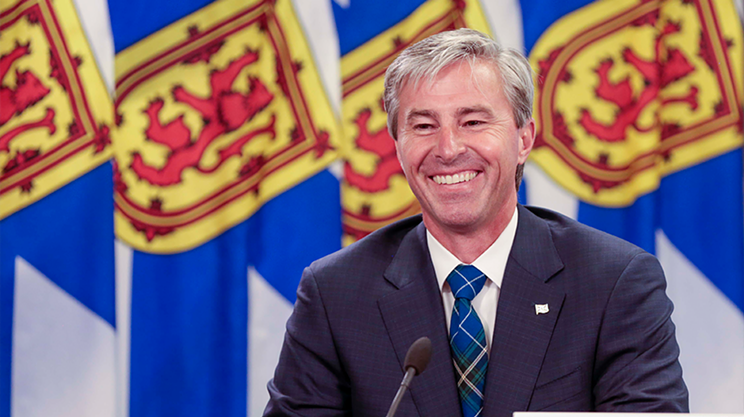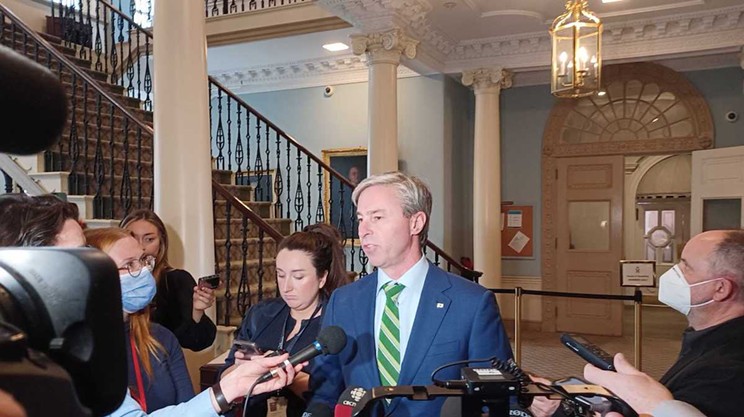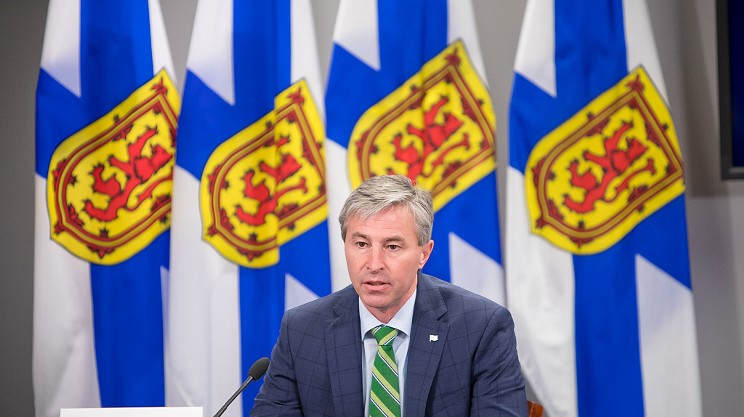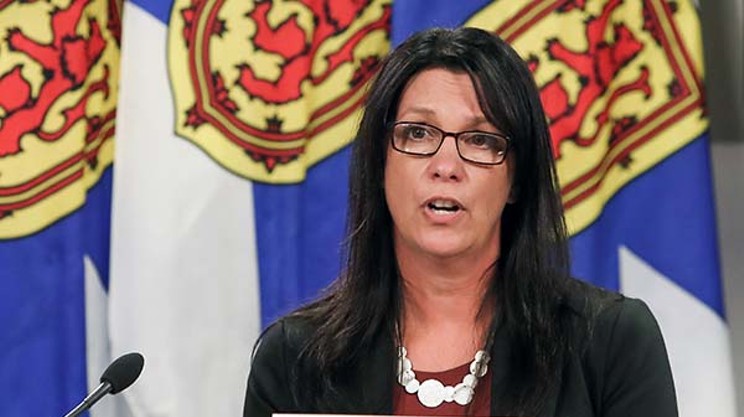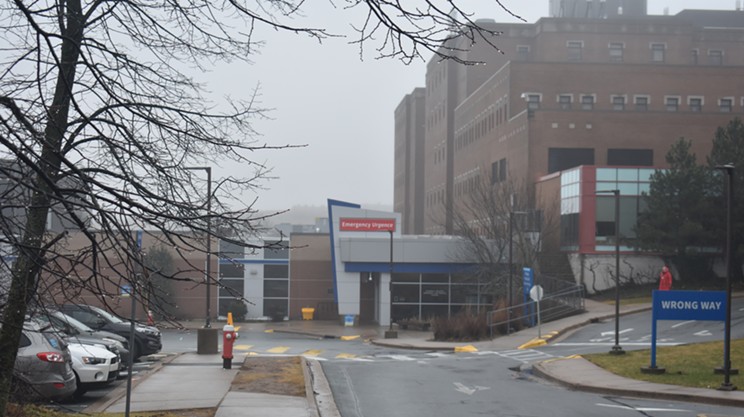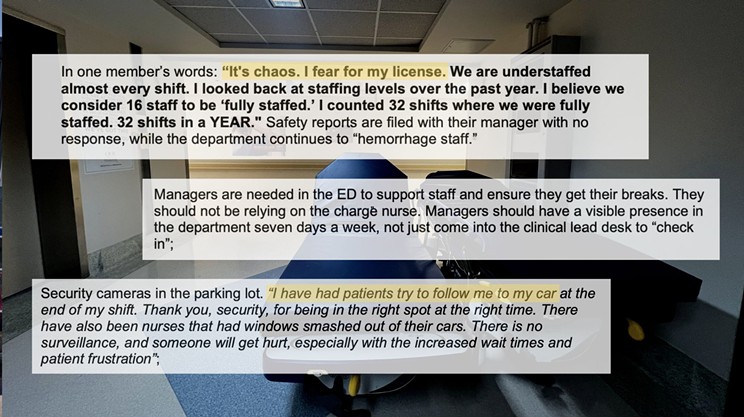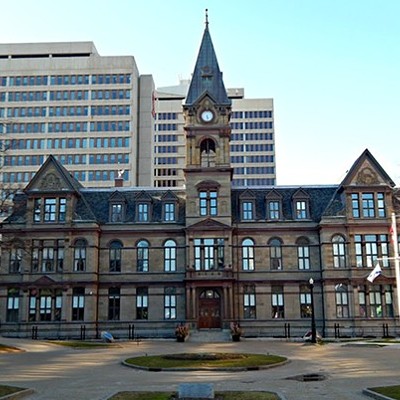If you’re reading this in Nova Scotia in 2023 and you don’t have a family doctor or nurse practitioner, take this small grain of comfort: You’ve never been less alone. As of Nova Scotia Health’s latest report, there are now more than 129,000 Nova Scotians on the province’s waitlist for a primary care provider. That’s the highest number in our province’s history since the Nova Scotia Health Authority launched its Need a Family Practice registry in November 2016—and despite premier Tim Houston’s pledges for “transformational change” in health care, including “instant” doctor access, the situation is only getting worse.
Today, one in eight Nova Scotians are actively waiting to be connected to a family doctor or nurse practitioner—and that doesn’t account for any Nova Scotians who haven’t bothered to sign up on the waiting list.
Today, one in eight Nova Scotians are actively waiting to be connected to a family doctor or nurse practitioner.
tweet this
If Nova Scotians—like other Canadians—have long held faith in a health-care system that would look after us when we’re sick, that bubble is starting to burst. Hospitals are overcrowded. Nurses are burning out. People are dying in emergency waiting rooms. And the undergirding of that system—the doctors and nurses staffing primary care clinics—is “struggling beyond any prior year,” Dr. Leshia Hawker, president of Doctors of Nova Scotia, tells The Coast.
What remains is a patchwork of care that “hasn’t been working,” Hawker says, adding the current crisis has been a “long time coming.” That should matter to Houston. More than anything else, health care’s future will define the premier’s legacy as a success or failure.
Health care will be Houston’s referendum
You would be hard pressed to find a premier in recent history who hitched their campaign wagon to health care more than Houston did in 2021. In his first election as leader of Nova Scotia’s Progressive Conservative party, the Pictou East MLA pledged $430 million to fix a health-care system he described as suffering from “years of neglect.” It won him a majority government—the Tories’ first since 1999.
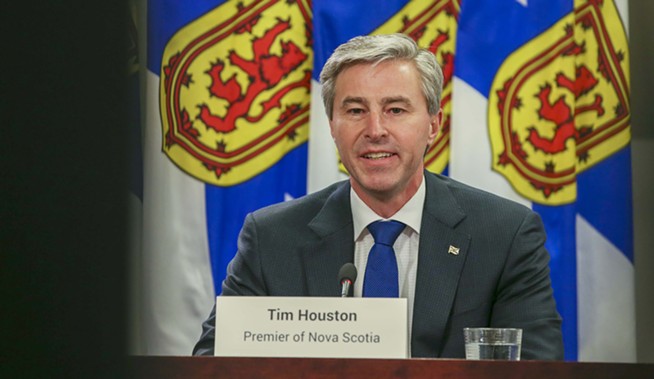
Promises were abundant. Houston would cut surgery wait times, revamp mental-health care, give doctors pensions and improve access to primary care. But Houston’s plan to fix health care by “changing the culture” hasn’t resolved the province’s shortage of primary care providers. Since he took over as Nova Scotia’s premier on Aug. 31, 2021, our province’s waitlist for primary care has grown from 71,666 people to 129,321, as of Jan. 1, 2023. For every Nova Scotian who got a new family doctor or nurse in 2022, two more joined the list of doctorless-and-nurseless. Today, 12.6% of Nova Scotians are actively waiting to be connected to a family doctor or nurse practitioner. That figure was 7.3% (about one in 13) when Houston took leadership of the province.
Nova Scotia’s health-care woes, in fairness, don’t fall entirely at Houston’s feet. (After all, if you were to form a city of doctorless and nurseless Nova Scotians in 2021, pre-election, you’d come out with a population larger than Sydney and Truro combined.) But it’s not hyperbole to say that Houston’s promises to fix the problem propelled him and his Progressive Conservative party into power. And his choices, without question, have shaped our province’s health-care picture since his government won its majority.
On the day after Houston’s swearing in as premier, he fired Nova Scotia Health’s CEO and its entire board. In place of then-CEO Dr. Brendan Carr—a longtime emergency department physician who’d held posts as president of the Vancouver Island Health Authority and vice-president of medicine with the former Capital Health Nova Scotia—Houston brought in Karen Oldfield, who’d served as CEO of the Halifax Port Authority.
The move raised eyebrows among some observers—and it also cost the province on two fronts, as the Halifax Examiner reports: First, the province owed Carr $400,000 in severance, per his contract. And second, axing the board wholesale meant replacing a group of directors that included both Black and Indigenous members with an entirely white membership.
“Sometimes,” Houston told reporters, “it’s just you have to hit reset… It’s time to refocus the efforts.
“This is the team of people that I trust, I have great faith in,” he added.
What does the primary care shortage look like in Halifax?
If the primary care picture looks especially bad in Yarmouth and Pictou County, where as many as one in four people are on the province’s waitlist for a family doctor or nurse practitioner, then it doesn’t look all that much sunnier within the HRM. Within parts of Halifax, Sackville and Bedford, as many as one in seven people are sitting on the province’s waitlist.
Just shy of 51,000 people across the HRM were waiting to be connected to a family doctor or nurse practitioner as of Dec. 1, 2022. That connection gap, Dr. Hawker tells The Coast, “significantly, negatively impacts access to other health care resources”—whether it’s prescriptions that can’t be refilled through telehealth, regular prenatal visits, or referrals to specialists for more complex health needs.
Houston has touted virtual care as a solution during his premiership. In September 2021, he announced it would be available to the 75,000 Nova Scotians then on the province’s waitlist. But Houston, too, has acknowledged that the service “is not for everything.”
Where do we go from here?
To truly address Nova Scotia’s health-care crisis, Hawker suggests, our province might well have to reimagine what it means to provide—and receive—care.
“Gone are the days where a physician would hang a shingle by themselves and maybe hire an office admin or one nurse.”
tweet this
“Gone are the days,” she says, “where a physician would hang a shingle by themselves and maybe hire an office admin or one nurse.” Providing care in the future might not “always necessarily mean a family doctor for every patient, or for every Nova Scotian—and it doesn’t mean that every visit to the health-care centre, you’ll see your doctor.” Instead, Hawker adds, “you might see your nurse for diabetes or blood pressure checks, or see the dietitian, or a social worker, or a mental health nurse for counselling. But everyone is working together to wrap around the services that a patient needs.”
Nova Scotia hasn’t lived up to that vision yet. And our province’s health system is still reeling, in many ways, from three years of a COVID-19 pandemic that could see another variant-driven surge in 2023.
Hawker says the pandemic was “kind of the last straw that broke the back a bit.” Which leaves us with a question: What do we do with the pieces? Do we try to rebuild the same as it was before or start anew?

